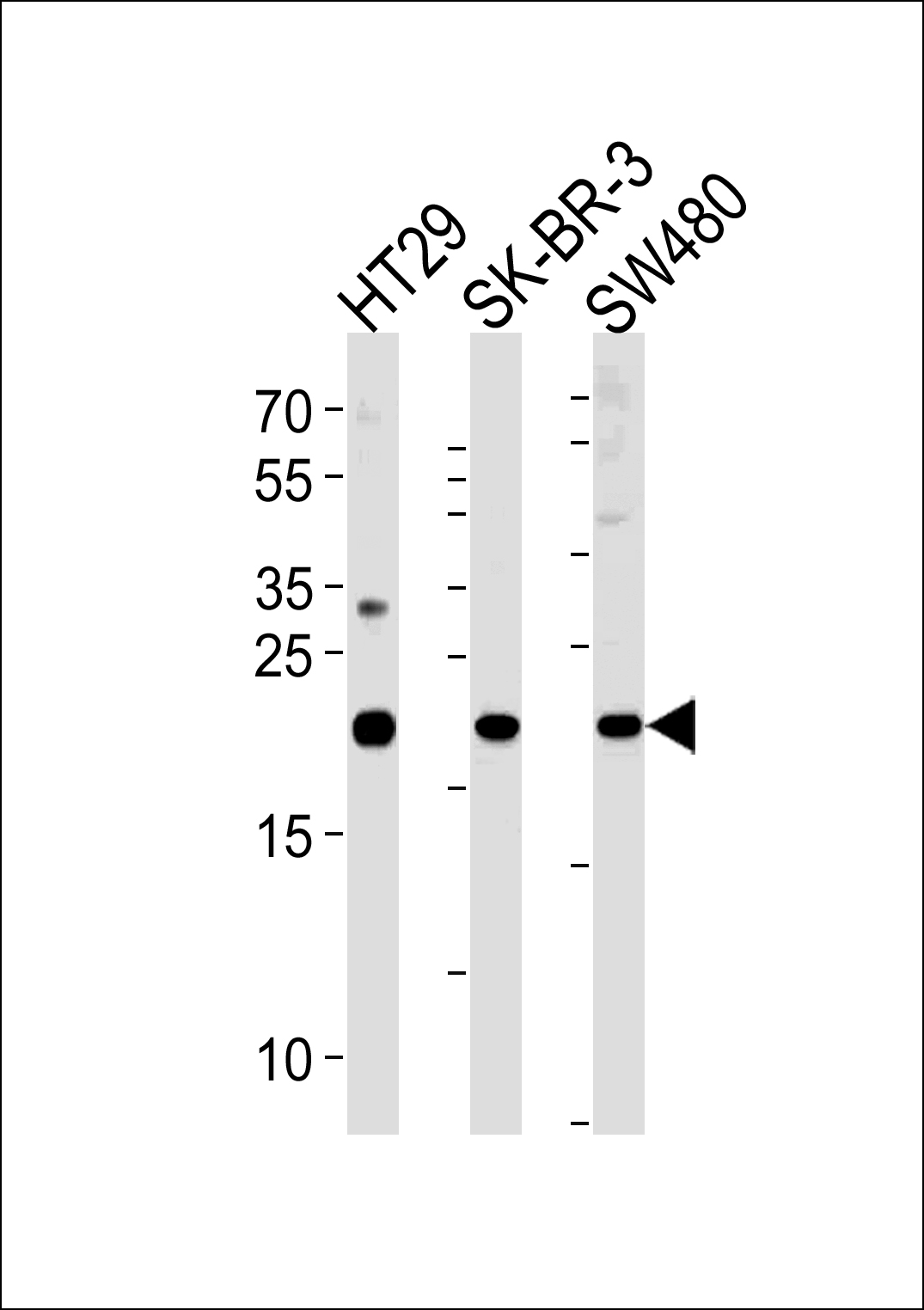产品名称
HAND1 Rabbit Polyclonal Antibody (Center)
别名
Heart- and neural crest derivatives-expressed protein 1, Class A basic helix-loop-helix protein 27, bHLHa27, Extraembryonic tissues, heart, autonomic nervous system and neural crest derivatives-expressed protein 1, eHAND, HAND1, BHLHA27, EHAND
存储缓冲液
Purified polyclonal antibody supplied in PBS with 0.09% (W/V) New type preservative N. This antibody is purified through a protein A column, followed by peptide affinity purification.
Human Gene ID
NP_004812.1
Human Swissprot No.
O96004
特异性
This HAND1 antibody is generated from rabbits immunized with a KLH conjugated synthetic peptide between 76-105 amino acids from the Central region of human HAND1.
运输及保存条件
Maintain refrigerated at 2-8°C for up to 2 weeks. For long term storage store at -20°C in small aliquots to prevent freeze-thaw cycles.
背景介绍
The protein encoded by this gene belongs to the basic helix-loop-helix family of transcription factors. This gene product is one of two closely related family members, the HAND proteins, which are asymmetrically expressed in the developing ventricular chambers and play an essential role in cardiac morphogenesis. Working in a complementary fashion, they function in the formation of the right ventricle and aortic arch arteries, implicating them as mediators of congenital heart disease. In addition, it has been suggested that this transcription factor may be required for early trophoblast differentiation.
细胞定位
Nucleus, nucleoplasm. Nucleus, nucleolus. Note=Interaction with MDFIC sequesters it into the nucleolus, preventing the transcription factor activity Phosphorylation by PLK4 disrupts the interaction with MDFIC and releases it from the nucleolus, leading to transcription factor activity (By similarity).
功能
Transcription factor that plays an essential role in both trophoblast giant cell differentiation and in cardiac morphogenesis (By similarity). Binds the DNA sequence 5'-NRTCTG-3' (non-canonical E-box) (By similarity). Acts as a transcriptional repressor of SOX15 (By similarity). In the adult, could be required for ongoing expression of cardiac-specific genes (PubMed:
9931445).

